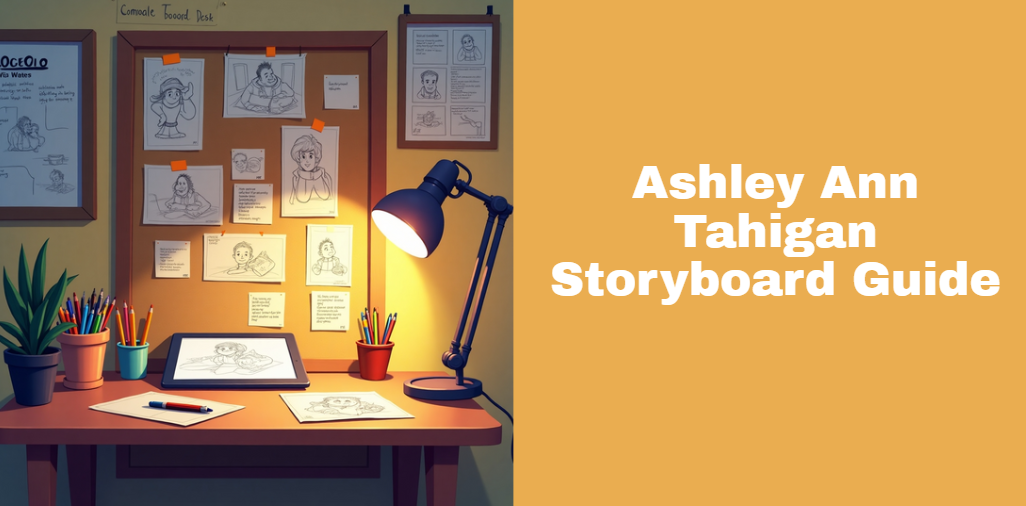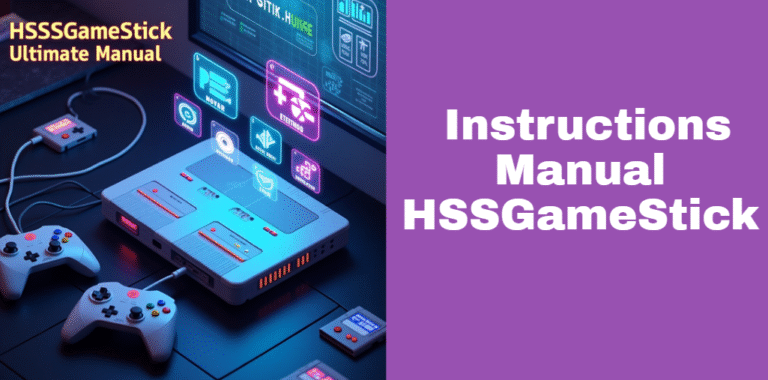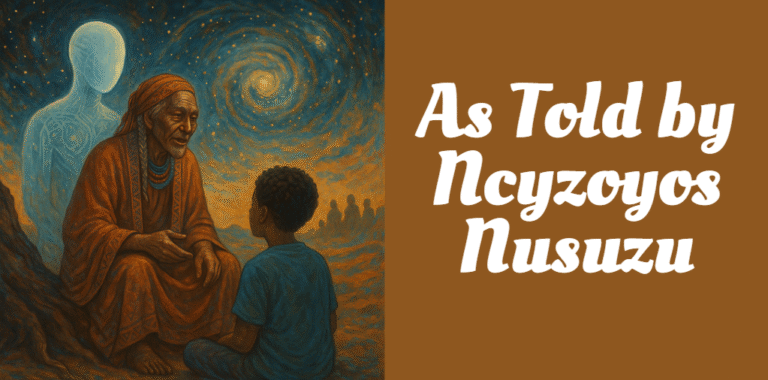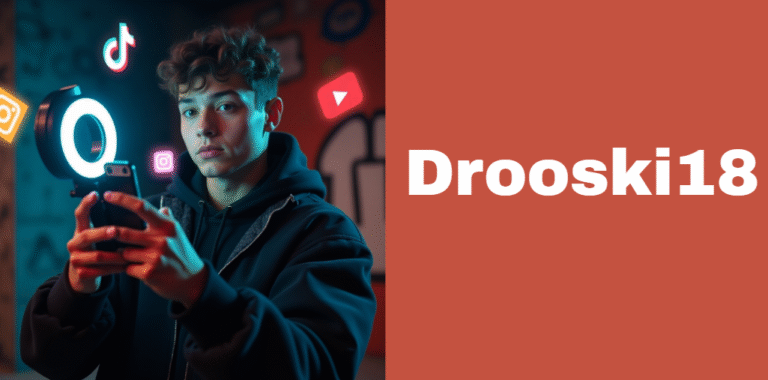Ashley Ann Tahigan Storyboard Guide: A Complete Beginner-to-Expert Visual Storytelling Handbook
Ashley Ann Tahigan is a Filipino-American storyboard artist based in Los Angeles, known for her work on hit animated series like Craig of the Creek (Cartoon Network) and Home: Adventures with Tip & Oh (DreamWorks). Her experience in studios like Titmouse and DreamWorks has shaped her approach to storytelling—emphasizing structure, character-driven narratives, and emotional rhythm.
This storyboard guide is not just a manual — it’s a mentorship-in-pages. It’s designed for animators, film students, creative directors, and anyone seeking to visualize their scripts or ideas with clarity and emotion.
Why Storyboarding Is Essential
The Ashley Ann Tahigan Storyboard Guide begins by addressing one key question: Why storyboard at all?
Storyboarding is the blueprint of a visual project. It allows a director or animator to map out the emotional beats of a scene, determine camera angles, define character movement, and set the tone. It’s cost-effective too — problems caught in storyboard stages are far cheaper to fix than in animation or post-production.
Imagine trying to build a house without blueprints. That’s what it’s like making a film without storyboards. This guide emphasizes that every great story starts on paper — through frames, thumbnails, and structure.
The Core Workflow and Ashley’s Visual Process
Ashley’s process is deeply structured yet open to creativity. Her workflow follows several stages:
The 5-Stage Storyboard Pipeline:
| Stage | Description |
|---|---|
| 1. Script Read | Understand the tone, plot, and key visual moments. |
| 2. Thumbnailing | Create loose sketches to block out pacing and flow. |
| 3. Panel Creation | Draw clear storyboard panels with framing and action lines. |
| 4. Scene Notes | Add directional cues, character lines, sound effects. |
| 5. Review & Revise | Collaborate, revise, and clean up visuals based on feedback. |
Ashley encourages keeping your thumbnails fast and dirty — not everything needs to be perfect. The goal is to test the scene’s emotion and pacing first.
Story Structure: Beginning, Middle and End
One of the standout aspects of the Ashley Ann Tahigan Storyboard Guide is her focus on story structure.
- Beginning: Set up the world, establish the characters and their goals. This is where visual exposition happens — through establishing shots or mood-setting compositions.
- Middle: Here’s where stakes rise. Ashley advises using camera angles and shot transitions to reflect rising tension and conflict. This is also where pacing becomes crucial.
- End: Deliver emotional payoff. Whether it’s a moment of triumph, realization, or loss, the closing shots should echo the story’s emotional core.
In each phase, Ashley urges creators to show emotions through framing and action, not just dialogue.
Visual Storytelling Principles Explained Simply
What makes the Ashley Ann Tahigan Storyboard Guide different is how it teaches complex visual theory in everyday language.
Key Visual Principles:
- Framing Matters: Close-ups highlight emotion, wide shots establish setting. Medium shots help with character interaction.
- Camera Angles: Low angles can show power, while high angles indicate vulnerability.
- Character Emotion: Don’t just rely on faces. Posture, hand movement, and even spacing between characters convey feeling.
- Blocking: Positioning on-screen tells a story about power dynamics and relationships.
Timing and Scene Pacing
Timing is everything. The Ashley Ann Tahigan Storyboard Guide emphasizes that how long a shot lasts affects emotional tone.
- Fast cuts energize action scenes.
- Longer holds deepen emotional moments or tension.
- Transitions (like pans or dissolves) help maintain rhythm across scenes.
Ashley often uses visual rhythm — such as repeated shapes or mirrored shots — to establish pacing and make scenes memorable.
Tools Ashley Recommends (and Why)
Whether you’re using pencil and paper or digital tools, Ashley provides flexible advice:
| Tool | Best For |
|---|---|
| Storyboard Pro | Industry-standard digital boarding |
| Photoshop | Advanced users needing customization |
| Sketchbook | Beginners and hand-drawn workflows |
| Canva/Figma | Quick mockups or collaborative workflows |
She notes that it’s not the tool but how you use it. A great storyboard can be done on a napkin — it’s about clarity, not polish.
Common Mistakes (And How to Avoid Them)
Ashley highlights some frequent pitfalls:
- Skipping thumbnails – Leads to cluttered, poorly paced scenes.
- Too much detail too early – Wastes time and narrows creative flexibility.
- Ignoring feedback – Storyboarding is collaborative. Be open to critique.
- Repetitive framing – Makes visuals boring. Mix wide, medium, close-up shots.
- Inconsistent character design – Breaks viewer immersion.
Each mistake includes a fix, making the guide practical and solution-oriented.
Going Beyond Basics: Advanced Tips from Ashley
Ashley’s guide isn’t just for beginners. She includes advanced chapters covering:
- Using light and shadow to show emotional shifts.
- Stylized transitions to reflect character perspective.
- Visual metaphors — Using objects or layout to symbolize deeper meaning.
She also discusses new tech, like virtual reality (VR) previsualization and AI-assisted layout generation — always stressing ethical, story-first use.
. Real-World Applications: Case Studies
The Ashley Ann Tahigan Storyboard Guide includes walkthroughs of real projects (based on anonymized or simulated examples):
- Animation Scene: How a chase sequence was visualized for rhythm and action.
- Ad Campaign: Creating an emotional story in just 6 storyboard frames.
- Game Design: Mapping decision trees and character reactions in interactive storyboarding.
Each case breaks down decisions — framing, pacing, emotional cues — to show how theory meets practice.
Your Storyboarding Workflow Recap
Here’s a summarized step-by-step for applying the guide:
- Start with the script.
- Make thumbnail sketches.
- Choose your shots carefully — frame for emotion.
- Refine, then annotate your panels with notes.
- Collaborate, revise, and deliver your final board.
This loop ensures both creative freedom and clear communication — the heart of Ashley’s method.
Conclusion
The Ashley Ann Tahigan Storyboard Guide isn’t just a how-to — it’s a comprehensive storytelling philosophy. By combining technical expertise with a nurturing tone, it empowers creators at all levels to visualize stories with emotion, rhythm, and clarity.
Whether you’re a beginner learning the ropes or a professional looking to refine your visual narratives, this guide will inspire, educate, and sharpen your creative vision — frame by frame.
Recommended Articles
Adelaide CBD – 0412485090: A Gateway to Services, Business and Local Culture
Comprehensive Guide to 805-354-1683: Identifying and Protecting Against Spam and Scam Calls
12.8kk Dump Mix.txt Explained: Full Guide to the Massive Data Leak and How to Stay Safe
The Story of Susanne Capurso and 302 Spring Drive, East Meadow






